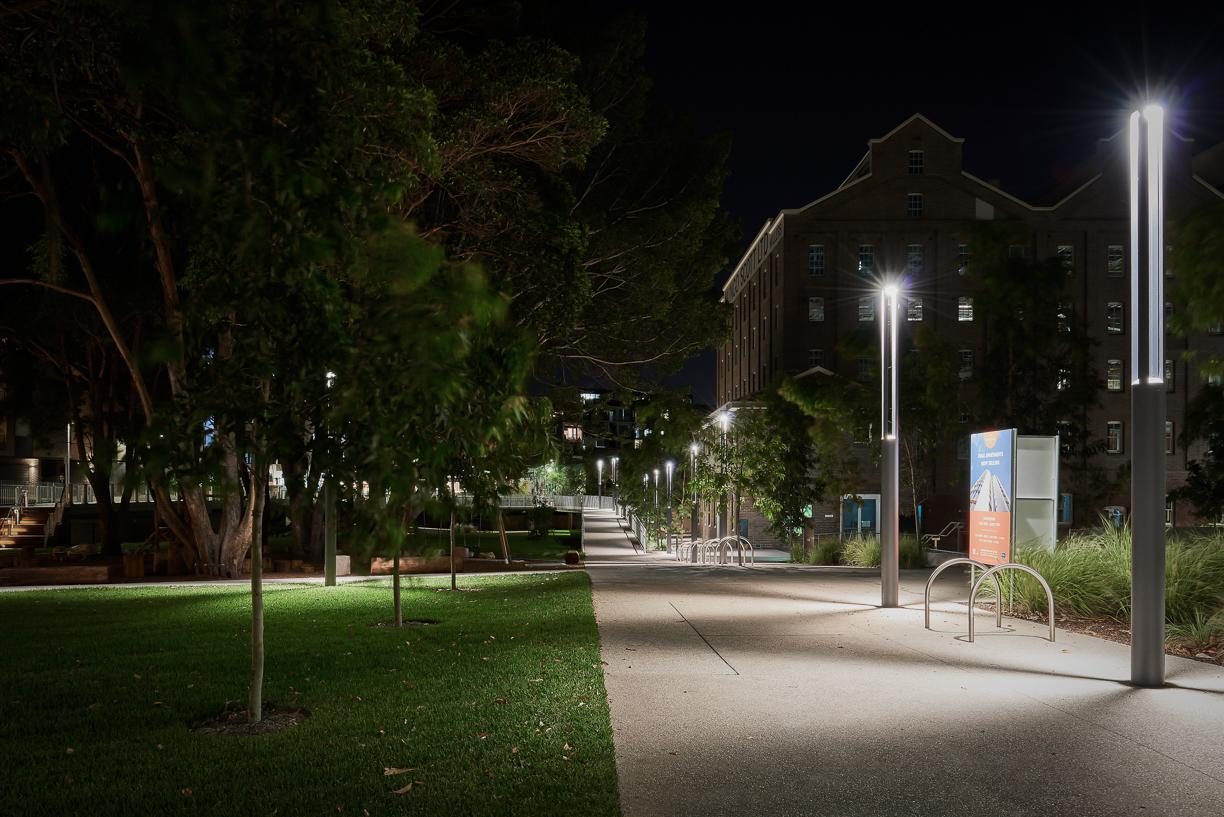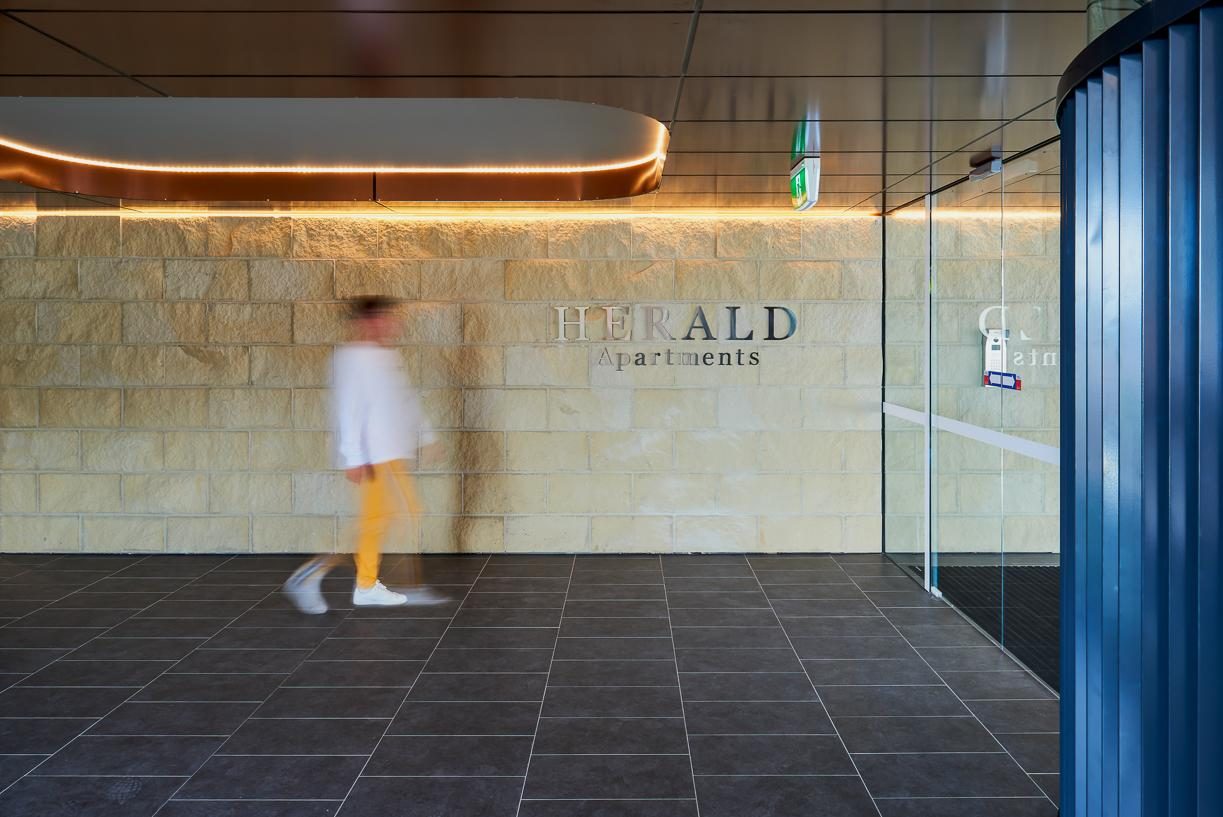A recent survey of the development industry suggested that more than 70% of projects are delayed because the developer had not achieved the minimum number of presales to access the funding required. With a nod to the “ghost cities” in China, the headline in the Australian Financial Review that reported the survey labelled the projects as “ghost sites.” What stands out is that, given the current residential development cycle, this is not shocking. In fact, it’s hardly even surprising.
For the past 20 years, residential developers have become experts at creating elaborate marketing and sales campaigns to entice purchasers to their projects. Off the plan sales have been made possible with the incredible vision and passion of the building designers, marketing agents and skilled salespeople. There is nothing intrinsically wrong with this process. It has enabled a larger number of homeowners and investors to access the property market and ensured that the future demand for residential property is being met.
However, at some point during this evolution, developers started to neglect the Day One Impact. Think of the areas of a residential development that do not show up on the marketing plans and were carved out of the off the plan sale contract. Think of the intangibles of a development; the vibrancy of a building, how it enriches the lives of the people that call it home, the feeling of being welcomed into the community.
Day One Impact provides instant relief when you arrive home after work. It refers to the ease of parking your car, the ability to access storage, the experience of waiting for a lift or stepping out into a residential lobby on your floor and not just into a dreary corridor, or even having places to read a book and kick a football. It is the mature landscape that is carefully considered and adds to the quality of the space that changes through the seasons. It is the mark of a development that puts people first. But at some point residential sales became more about the apartment and less about the development.


The reason that you will once again start hearing about Day One Impact is due to the change in the residential market. Those responsible for design and construction are becoming more aware of the harsh “ghost site” reality. Unsold apartments will only attract buyers if there is an emotional response when they pull up to the kerb. Rather than a direct journey to the sales suite, it must be an enticing journey through the entry lobby, corridors, landscaping and, yes, even into the basement to see the car parking and storage. Places must put people-first.
As developers turn their mind to Day One Impact we will consistently have better development outcomes. Designers will be given the licence to consider all the places and spaces and how they relate to each other. There will be push back on the builder’s value management. There will be nowhere to hide – not behind soft-focus renders, immersion rooms or sales incentives.
If we focus on Day One Impact, ghost cities will remain a foreign concept and ghost sites can also begin to slowly disappear.